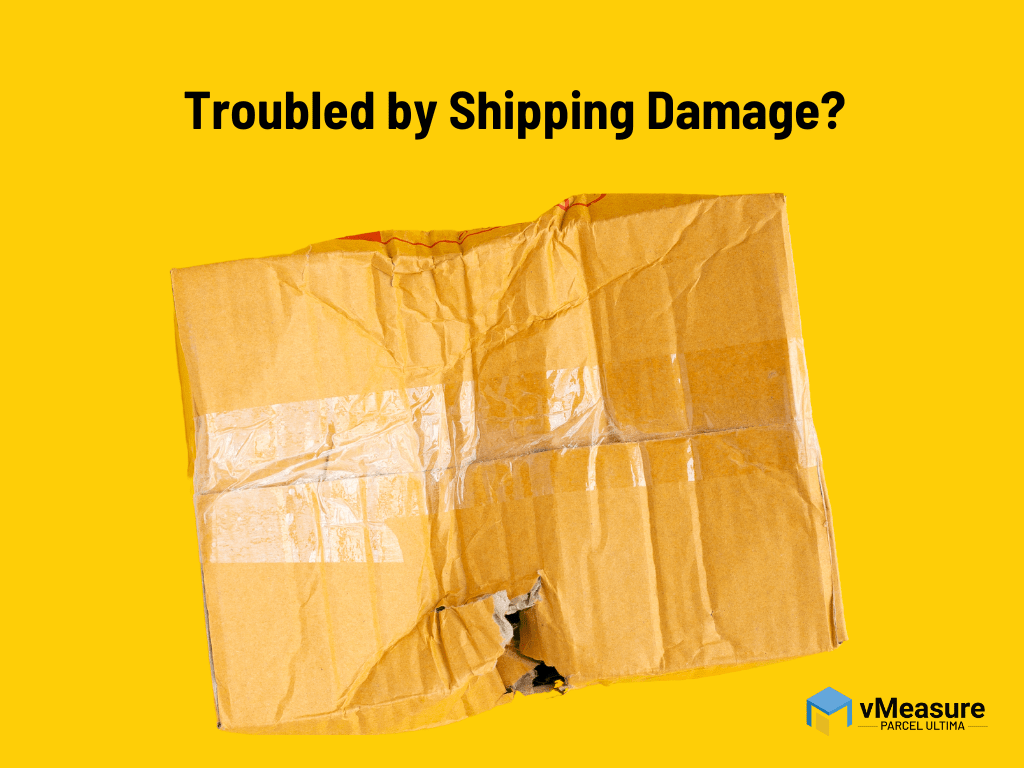Table of Contents
Introduction

Top 5 Mistakes That Result in Shipping Damage
#1. Oversized Packaging
#2. No Proper Fillers
#3. Mishandling
#4. Incorrect Documentation
#5. Environmental Factors
Tips to Prevent Shipping Damage
#1. Make Smart Packaging Decision
#2. Ensure Clear Labelling on Your Package
#3. Check the State of Your Package Before and After Shipping
Did you know that using just the right-sized packaging can save enough cardboard to wrap the Earth multiple times?
It’s incredible but true. According to the Environmental Protection Agency (EPA), packaging accounts for about 30% of the municipal solid waste that goes to landfills in the United States. This means that we throw away about 67 million tons of packaging every year.
Ways a Dimensioning System Can Help You Claim Shipping Damages
- Accurate Documentation of Package Dimensions An automated dimensioning system delivers precise and accurate measurements of your packages prior to shipment. This data serves as a baseline for assessing damages accurately.
- Visual Proof through Images and Time Stamped Video Documentation Dimensioning systems that are equipped with the ability to capture images and timestamped videos of packages provide visual evidence of the package’s condition before it leaves the facility.
Did you know that using just the right-sized packaging can save enough cardboard to wrap the Earth multiple times?
It’s incredible but true. According to the Environmental Protection Agency (EPA), packaging accounts for about 30% of the municipal solid waste that goes to landfills in the United States. This means that we throw away about 67 million tons of packaging every year.
Conclusion
What is the difference between DIM weight and actual weight?
The actual weight is the exact weight of the product.
DIM weight also called volumetric weight calculates the amount of space a package occupies to its actual weight.
What is DIM weight pricing?
Why is DIM weight pricing important?
How to calculate dimensional weight?
Dimensional weight of the package = L * W * H / Dimensional Divisor
The dimensional divisor is carrier-specific. They vary from carrier to carrier.
How can I avoid overpaying for DIM weight pricing?
- Measure your packages accurately before shipping them.
- Use packaging that is the right size for your products, without any extra space.
- Negotiate with your shipping carrier if possible.




